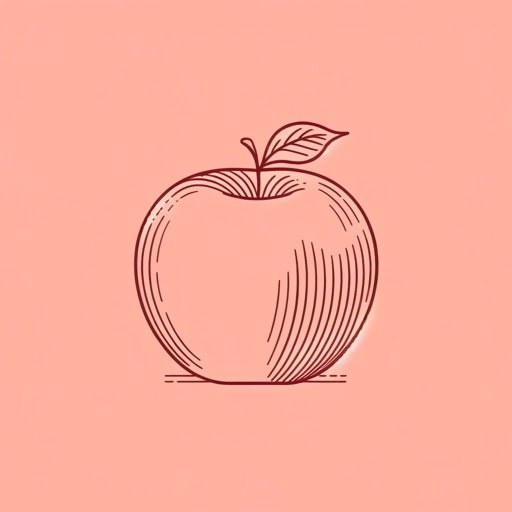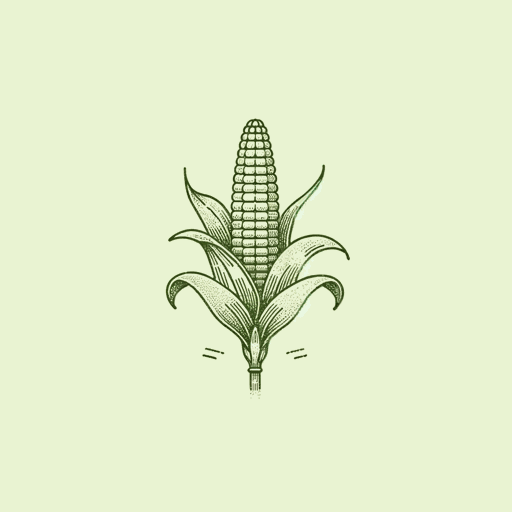50 pages • 1 hour read
Michael PollanThe Omnivore's Dilemma
Nonfiction | Book | Adult | Published in 2006A modern alternative to SparkNotes and CliffsNotes, SuperSummary offers high-quality Study Guides with detailed chapter summaries and analysis of major themes, characters, and more.
Part II, Chapters 11-14Chapter Summaries & Analyses
Chapter 11 Summary: “The Animals: Practicing Complexity”
Salatin compares the work he does as a farmer to that of a conductor leading an orchestra. Cattle are moved onto a field to eat grass where they leave behind cow patties. The chickens eat mostly grass and bugs found in pasture and patties, and their diet is also supplemented with grain. As the chickens move across a field, they reintroduce nitrogen to the soil. They must be rotated regularly, however, as they can burn a field with too much nitrogen. Their fertilization keeps the grass healthy, making it ready for cattle again in a few days.
Salatin’s approach is a stark contrast to the industrialized farms that dominate American food culture. Pollan finds it difficult to characterize the processes on Salatin’s farm, because they are more complex than the linear and rational approaches of industrialized farms. By simplifying systems through monoculture to promote the greatest output, industrialization practices efficiency. Salatin’s comprehensive approach reinforces the idea of a farm as an organism in which all parts work independently to serve the whole. Although his processes are more complex, Salatin argues that they are no less efficient. He models his farming practices after the processes found in nature.
Related Titles
By Michael Pollan

How to Change Your Mind: What the New Science of Psychedelics Teaches Us About Consciousness, Dying, Addiction, Depression, and Transcendence (2018)
Michael Pollan

In Defense of Food
Michael Pollan

The Botany of Desire: A Plant’s-Eye View of the World
Michael Pollan

This Is Your Mind on Plants
Michael Pollan

